News: Owners Developers & Managers
Posted: February 5, 2015
LEED V4 strives to take green building further with changes & focus on operational performance
While a majority of the marketplace has mastered LEED 2009, LEED V4 strives to take green building further through significant changes and an enhanced focus on operational performance. The USGBC strives to answer not only the "how" but the "why" with their updated version, challenging project teams and rewarding exceptional performance. Previous versions have taught how to create a better building. LEED V4 pushes the marketplace and audience to "lean in" to why the issues addressed are important and become engaged. It's no longer only about achieving points and credits; it is about the entire design process, its outcomes, and the future of a project. The credits aren't numbered in an attempt to force participants to learn the full credit names, and thereby acknowledge the general issue at stake in each case. This was a hotly debated subject at Greenbuild in New Orleans this year with participants objecting to the new naming system rather than numbering.
Older versions of LEED were created with the intention to "do less bad" resulting in a best case scenario of no impact on life and the environment. LEED V4 was developed to "do more good" and have a positive impact rather than none at all. CEO Rick Fedrizzi said, "When USGBC launched LEED v4 last year, we set out with one goal in mind - to raise the bar in a way that challenges the building industry to reach higher than ever before. This is our nature and USGBC and its members' collective mission."
With LEED V4, the USGBC started by developing its own impact categories:
* Reverse contribution to global climate change;
* Enhance individual human health and well-being;
* Protect and restore water resources
* Protect, enhance and restore biodiversity and ecosystem services;
* Promote sustainable and regenerative material resources cycles;
* Build a greener economy; and
* Enhance social equity, environmental justice, community health and quality of life.
LEED V4 includes 6 new Market Sector Adaptations: data centers, warehouses and distribution centers, hospitality, existing buildings for schools, existing buildings for retail, and homes multi-family midrise. with data centers and warehouses in previous versions of LEED, energy was a huge barrier to certification.
Location and transportation is a new credit category separated from sustainable sites to allow for a more performance based credit that considering the advantage of existing infrastructure supporting the project site. In turn, sustainable sites is now solely based on site conditions and includes more soil requirements than before. Site assessment now encourages early analysis of site factors, seeking an integrated decision process to develop the best design suited for each specific site. Over all these changes work towards recognizing the benefits of considering the project site holistically and integrating the project with local and regional ecosystems. There is also a focus on recognizing synergies between multiple credits
Water efficiency credits thresholds were increased to include three pre requisites rather than one. Along with water use reduction, there are now pre requisites for landscape water reduction and whole building water metering. There are also advanced metering credits available for enhanced performance.
Energy & atmosphere adopted the new version of ASHRAE 90.1-2010 for a baseline building. This is more efficient than the LEED 2009 baseline of ASHRAE 90.1-2007, previously used for energy performance. The ID+C, Optimize Energy Performance credit is now weighted to encourage a performance-based approach resulting in 50% more points available for projects that use energy modeling versus a prescriptive path.
Whole-project energy metering is now required and they have also added an advanced metering credit. The Demand Response Credit is no longer a pilot credit, and it encourages the participation in a Demand Response program with local utilities.
Materials & resources saw the biggest changes with new credit vocabulary, newly added credits and stricter requirements for cost-based calculations. Individual credits for recycled content, regional materials and certified wood are missing in LEED V4. Environmental Product Declarations, Cradle to Cradle certification, and Health Product Declarations from manufacturers or via third-party testing and certification agencies will be required to document credits instead. Building Product Disclosure and Optimization credits have options to achieve points based on the cost or quantity of compliant products.
Alternate daily cover (ADC) does not count as waste diverted from landfill. This will make the 75 percent construction waste diversion threshold more difficult to achieve especially on projects that include significant demolition waste. Contractors will need to really understand how on site activities coincide with available waste management options regionally.
IAQ Credit changes were focused on consolidating and restructuring for the biggest impact in indoor human health and comfort. The largest change was the low emitting materials credit where the entire assembly of materials must meet thresholds for low emissions.
Interior lighting now includes quality where it only considered controls before for a more holistic evaluation of lighting system performance. Acoustical performance is included throughout LEED V4 where it was only considered in schools before.
Due to market conditions and a lack of user readiness, the U.S. Green Building Council extended registration for LEED certified projects under LEED 2009 until Oct. 31, 2016 in order to provide additional time for users to prepare for LEED V4 and the above mentioned changes. "The market has requested additional time to prepare for LEED V4, so we are responding. In a survey conducted during Greenbuild 2014 in New Orleans, 61% of respondents said they are 'not ready' or 'unsure' if they are ready to pursue LEED V4 and require additional time to prepare. Our international LEED users, which account for some 50 percent of new LEED registrations, have also indicated they would like to have more time to move onto the new rating system," Fedrizzi said. "This extension will be especially helpful to them." Currently there are only 14 LEED V4 Certified projects.
The mission of the USGBC has always been to transform the marketplace. Since its inception, LEED has continuously accomplished that mission, always reaching higher. Extending LEED 2009 until October 2016 moves the USGBC towards market complacency, not transformation. LEED has facilitated tremendous advances in building technologies, integrated design and operating practices. I can't imagine slowing that momentum for over a year without some loss of perspective but can appreciate the fact that stakeholders will need significant time to master all the updates between LEED 2009 and LEED V4.
Suzanne Abbott is business development manger at Gilbane Building Company, Boston, Mass.
MORE FROM Owners Developers & Managers
Mount Vernon Co. acquires John Carver Inn & Spa in Plymouth, MA
Plymouth, MA The Mount Vernon Company (MVC), a Boston-based real estate and hospitality investment firm, has completed the acquisition of the John Carver Inn & Spa, an 80-room property.
Columns and Thought Leadership
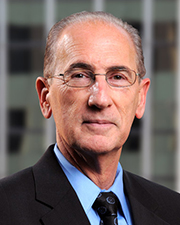
Recently passed legislation creates opportunities to meet CT’s changing energy needs - by Klein and Feinn
For decades, New England has had a summer-peaking power system, where the greatest energy use occurs on the hottest and most humid days, due to widespread use of air conditioning. But by the mid-2030s, electrification of the heating sector likely will result in a winter peak that’s higher than the summer peak.
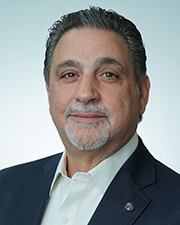
Selecting the right façade installation firm - by Steven Powell
As the owner of a major new property being developed, or an existing large building preparing for major renovation, you want your design and construction team to have the right experience, capabilities, and expertise to match the project demands. A critical member of this team will be the façade installation specialty firm, since the quality of this installation will impact
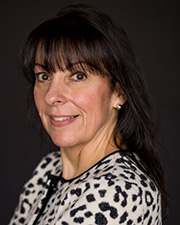
IREM President’s Message: Fostering community connections during the holiday season
The holidays are again taking center stage, and with them comes an opportunity for multifamily communities to connect with the businesses and organizations in their cities and towns, fostering a sense of unity and generosity during this giving season

.png)
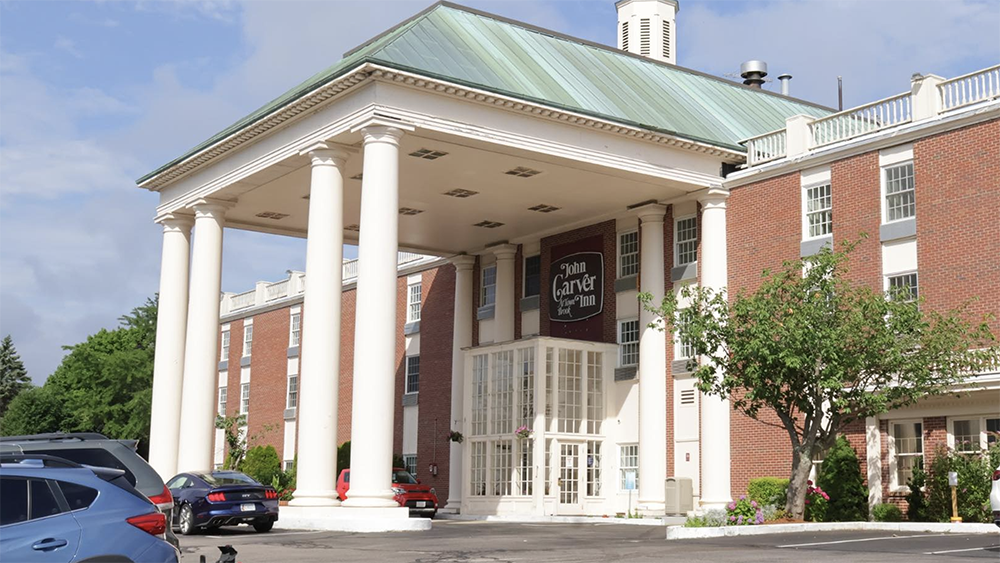
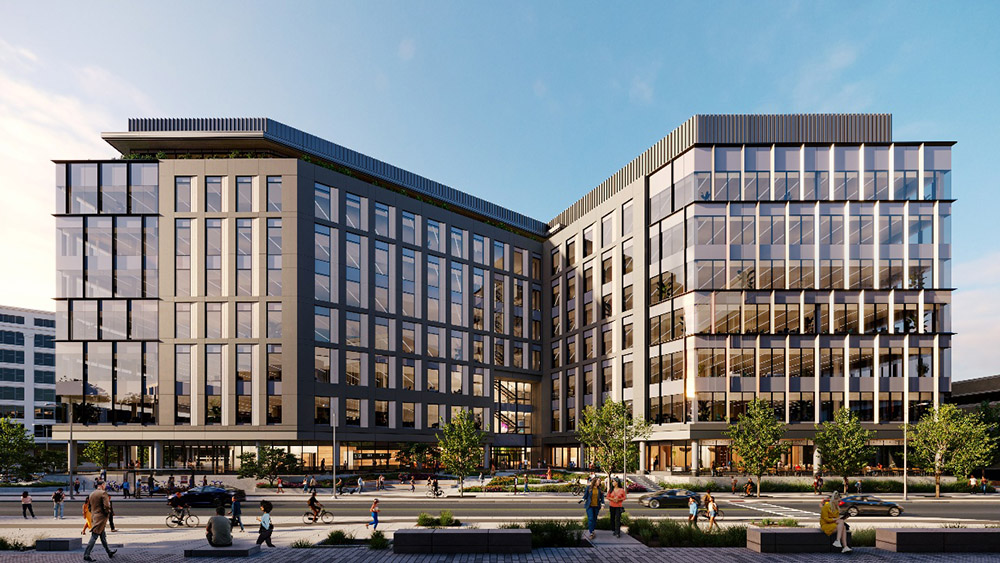
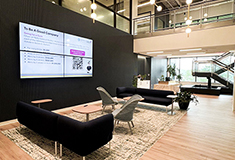
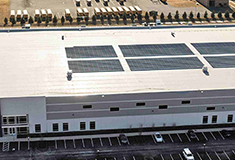
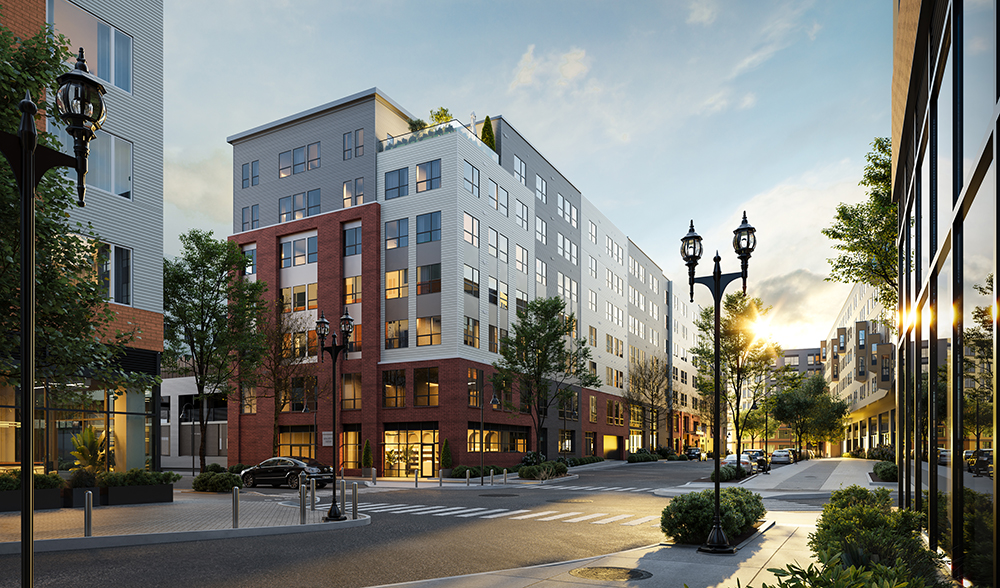
.png)

